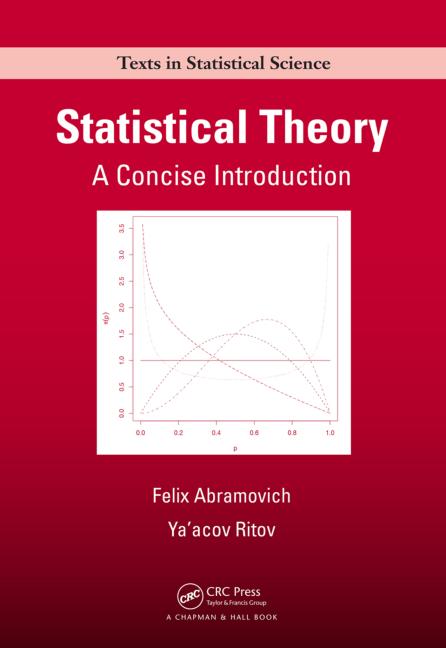Consider two stationary time series with heavy-tailed marginal distributions. We want to detect whether they have a causal relation, that is, if a change in one of them causes a change in the other. Usual methods for causality detection are not well suited if the causal mechanisms only manifest themselves in extremes. In this article, we propose new insight that can help with causal detection in such a non-traditional case. We define the so-called causal tail coefficient for time series, which, under some assumptions, correctly detects the asymmetrical causal relations between different time series. The advantage is that this method works even if nonlinear relations and common ancestors are present. Moreover, we mention how our method can help detect a time delay between the two time series. We describe some of its properties, and show how it performs on some simulations. Finally, we show on a space-weather and hydro-meteorological data sets how this method works in practice.
翻译:考虑两个固定时间序列, 加上重尾边缘分布。 我们想要检测它们是否有因果关系, 也就是说, 如果其中一个变化导致另一个变化的话。 如果因果关系机制只是以极端方式表现出来, 通常的因果关系检测方法并不十分合适 。 在本篇文章中, 我们提出了有助于在这样一个非传统案例中进行因果关系检测的新洞察力 。 我们定义了时间序列的所谓因果尾量系数, 在某些假设下, 正确检测了不同时间序列之间的不对称因果关系 。 优点是, 这种方法即使存在非线性关系和共同祖先, 也是有效的 。 此外, 我们提到我们的方法如何帮助检测两个时间序列之间的时间延迟 。 我们描述它的一些特性, 并展示它在某些模拟中的表现 。 最后, 我们用一个空间- 天气和水文气象数据来显示这个方法的实际效果 。


